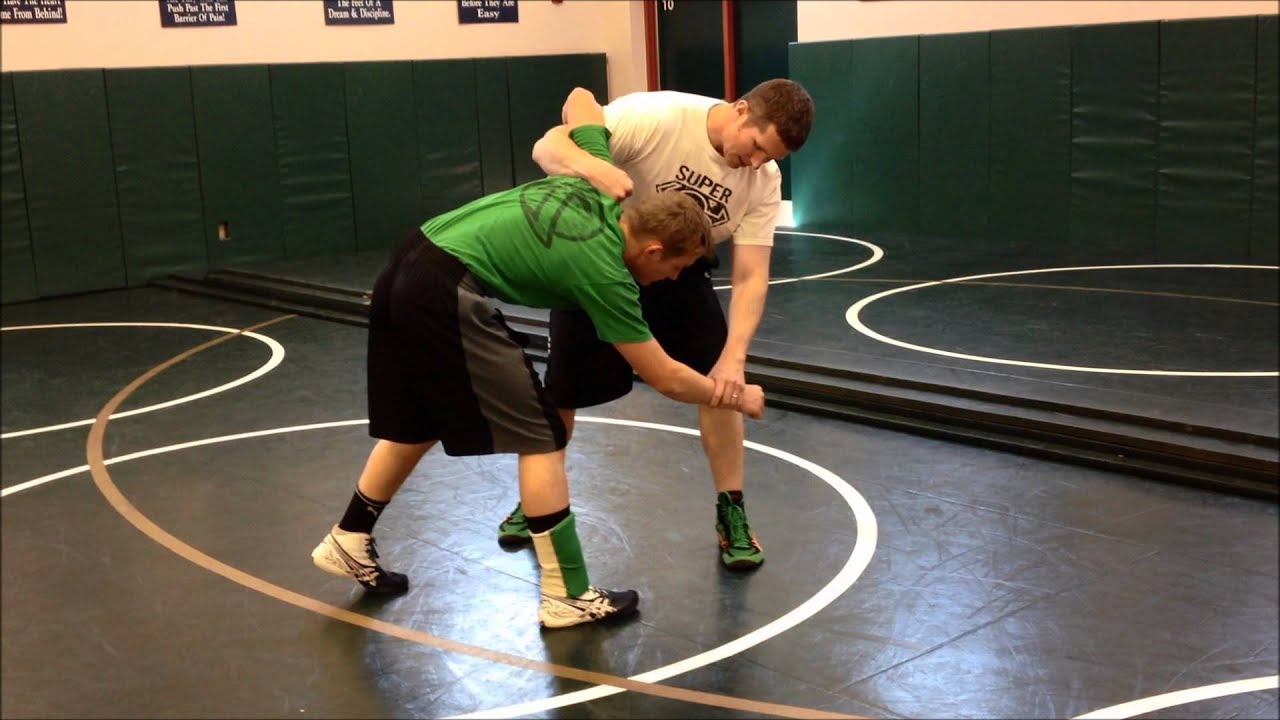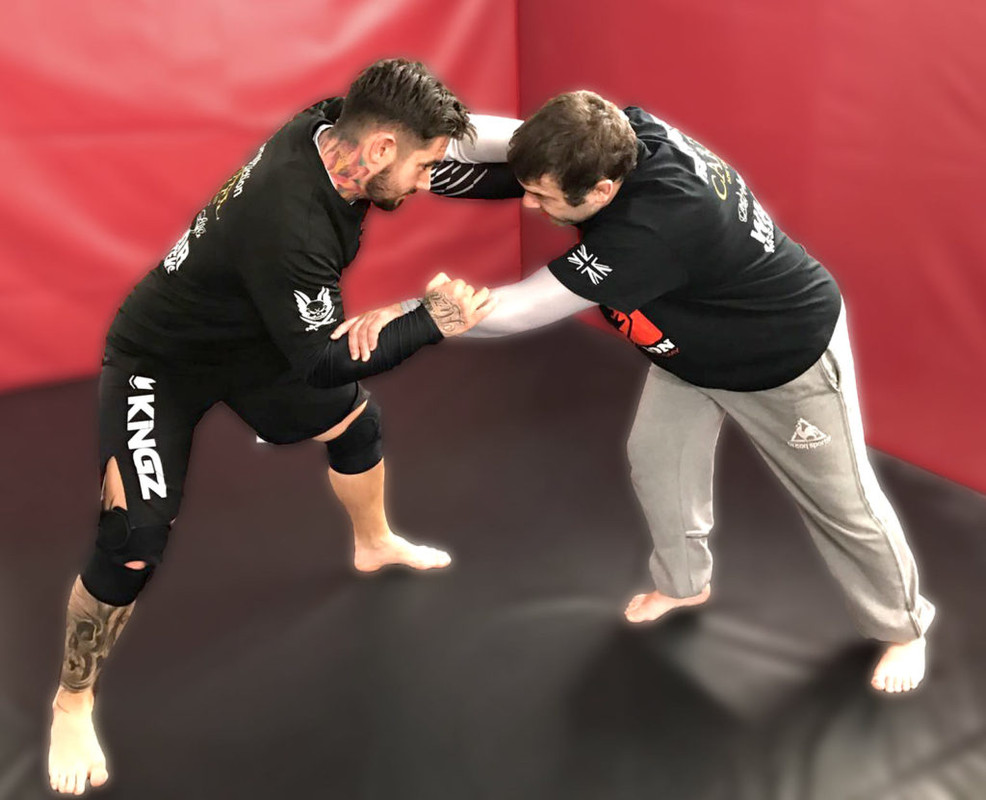It's been a long time since I've done a real clinch in an art. In Taekwondo, (at least, WT rules) you're not allowed to grab your opponent at all, and in my Hapkido classes we tend focus on the limbs and not so much on the neck. We clinched in wrestling but that was a few years...uh...18 years ago. (How did I get so old?)
So, the clinch is something I know very little about. If you know more about it than I do (which shouldn't be hard), I'd like to hear about it. Things like:
- How does the clinch work in your art (whatever art that is)
- How does the clinch differ between arts
- What art would you recommend I look at for dealing with a clinch
- What are some special tips and tricks you've learned to gain, control, retain, avoid, escape, or reverse a clinch?
NGA doesn't have a clinch position, traditionally, that I know of. I borrow head control principles from the art and combine them with principles I've worked on with guys from other arts (Muay Thai and wrestling mostly, I think).
The full clinch I teach looks similar to a MT clinch, and has some of the same principles. I doubt it's a true MT clinch, but I can't say it isn't - I'm just not familiar enough with theirs to call it one way or the other. The basics are get the hands behind the head (neck if you have to settle, in some cases), get their head below your collarbone and their spine curved, and keep them off-balance, usually including switching sides. Elbows are tight, forearms against the sides of their neck and bracing them from you.
There's a basic half-clinch (so the head isn't low like a collar tie), that's mostly a transitional point for getting better position or countering some entries. This can take a lot of forms, but the basic concept is one hand around the back of the neck, elbow tight, perhaps with your head blocking theirs out. The other hand might be in the clinch, or might be involved in something else (remember, it's often a transition).
There's also something I call a "shoulder clinch", which is where both people have hold of each others' shoulders. This is usually the result of two people both trying to do standing grappling.
If I were looking for a single clinch to start from, I'd look at Muay Thai. I love the amount of control those guys get out of their clinch. For using a clinch like that, don't get static. Keep them moving and off-balance, keep shifting their feet. Keep their head low, with pressure high (pressure on the neck means the clinch is vulnerable). To escape one, you have to counter at least one of those principles. If you can get their hands lower, you may be able to muscle out upward. If you can get their elbows out of the center, you can remove an arm. If they stand up too tall, you can sometimes drop out the bottom (especially if they're not using their arms right and let you get your feet under you).


